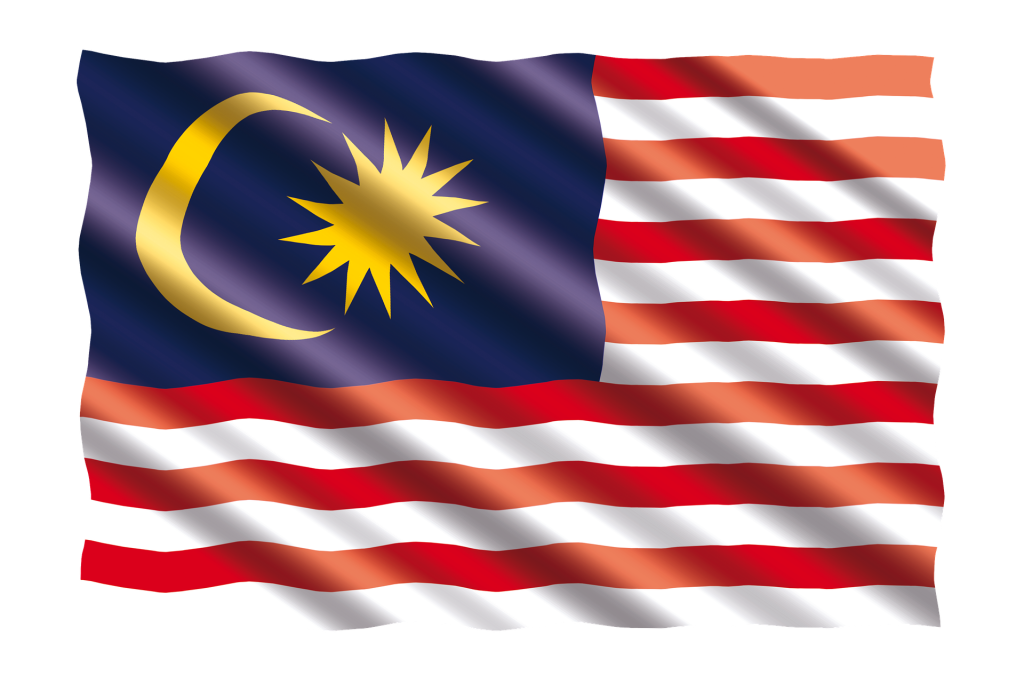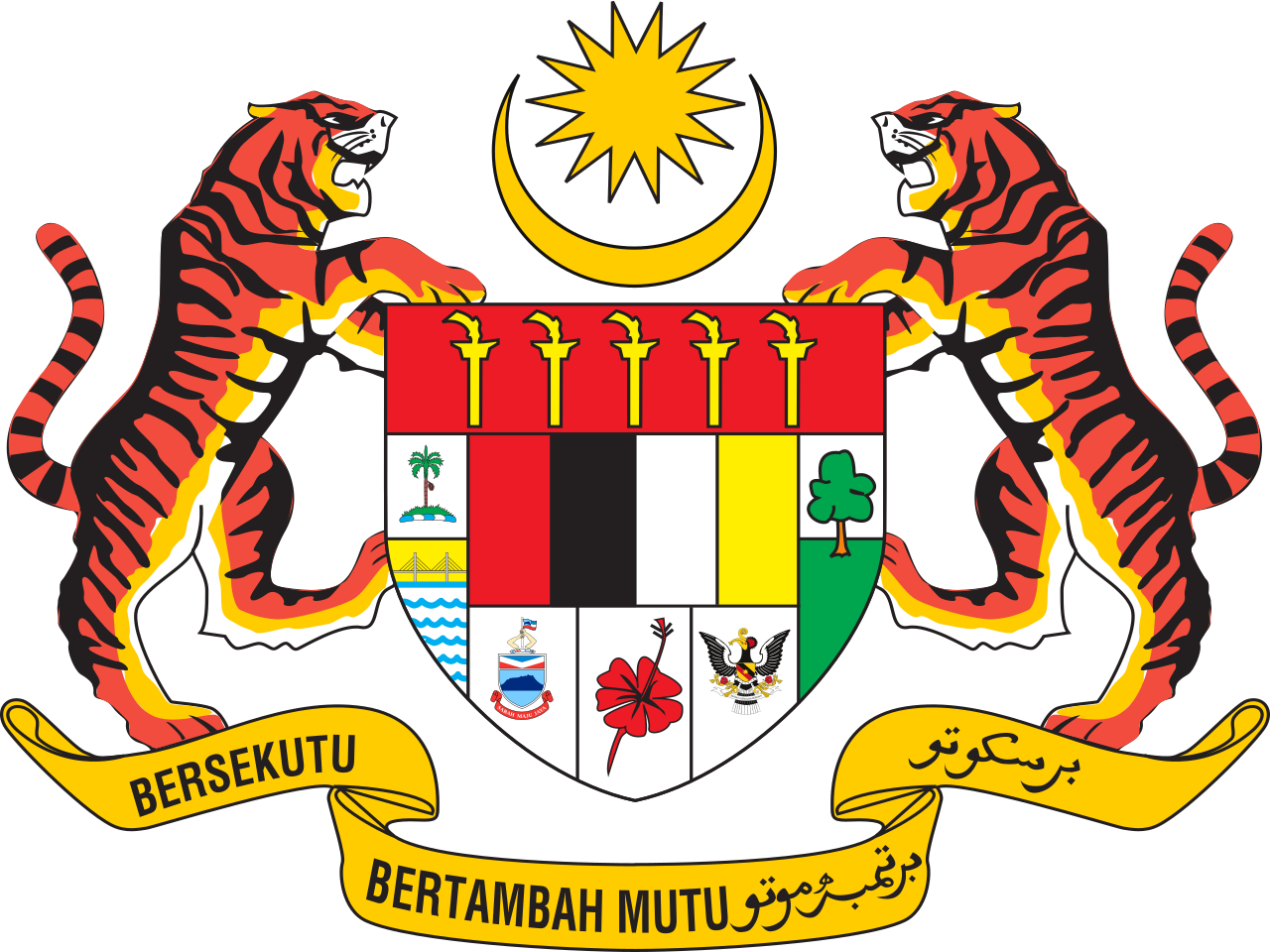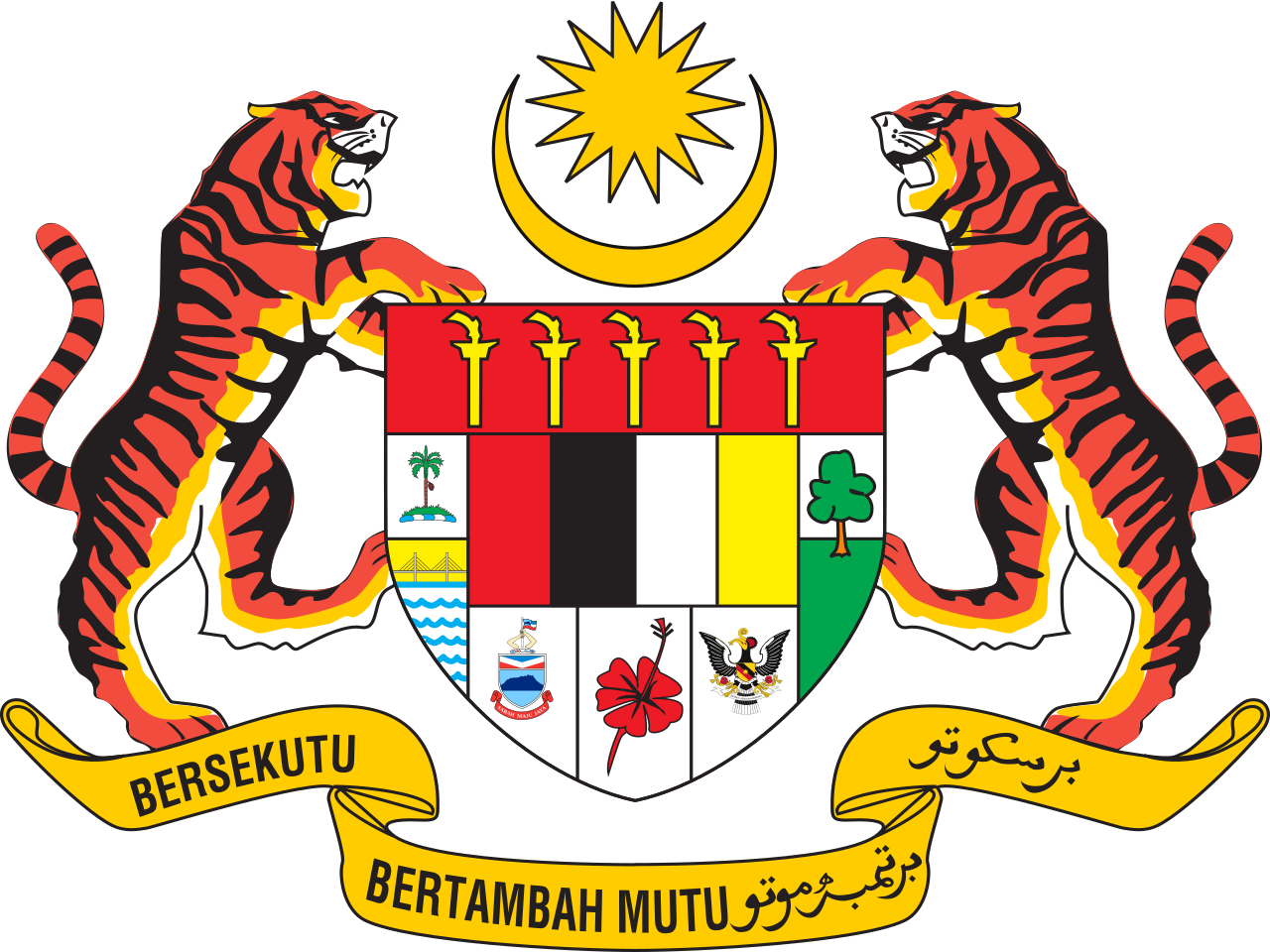ASEAN
ASEAN оr the Association of Southeast Asian Nations, international organization established by the governments of Indonesia, Malaysia, the Philippines, Singapore, and Thailand on 08.08.1967 in Bangkok, Thailand. Later Brunei, Laos, Myanmar and Cambodia also joined. There are two observer nations: Papua New Guinea and Timor Leste. It’s purpose is to accelerate economic growth, social progress, and cultural development and to promote peace and security in Southeast Asia. The ASEAN region has a population of more than 600 million and covers a total area of 4.5 million square km. ASEAN countries achieved a new cohesion in the mid-1970s following the changed balance of power in Southeast Asia after the end of the Vietnam War. The region’s dynamic economic growth during the 1970s strengthened the organization, enabling ASEAN to adopt a unified response to Vietnam’s invasion of Cambodia in 1979. ASEAN’s first summit meeting, held in Bali, Indonesia, in 1976, resulted in an agreement on several industrial projects and the signing of a Treaty of Amity and Cooperation and a Declaration of Concord.
The ASEAN region is a dynamic market with 650 million residents and ranks as the eighth biggest economy in the world. The countries as a group are the EU’s third largest trading partner outside Europe, after the US and China. Ensuring better access for EU exporters to the dynamic ASEAN market is a priority for the EU. In 20 years, ASEAN GDP has risen from $ 600 billion to $ 3,000 billion; if this tremendous trend continues, its rapid growth will step up ASEAN purchasing power, allowing for a dramatic increase of trade flows. As of today, EU and ASEAN bilateral exchanges in goods per year are worth more than € 200 billion, confirming a solid positive trend. Negotiations for a region-to-region trade and investment agreement between the EU and ASEAN were launched in 2007 and paused by mutual agreement in 2009 to give way to a bilateral format of negotiations. These dialogues of bilateral trade and investment were conceived as building blocks towards a future region-to-region agreement.
Who are the ASEAN?
The ASEAN Emblem
The ASEAN Anthem
All member states have signed a treaty against the development of nuclear weapons. Most have also signed on to a counter-terrorism pact. Technical and research cooperation is also promoted across the member states. Initiatives include overseeing the protection of the environment and wildlife through the Center for Biodiversity.
The economic growth of Southеast Asia has increased its importance as a commercial partner not only for Europe, but also for the US. United States-Southeast Asia trade relations are critical for both sides. For the United States, ASEAN is one of the largest, fastest-growing markets in the world. With a projected regional annual growth rate of about 5%, ASEAN is expected to collectively become the fourth largest economy in the world, overtaking the European Union and Japan, by 2050. ASEAN’s demography will underpin this growth.
ASEAN’s relevance has also widened from a geopolitical point of view. A clear evidence is the recent signature of the Regional Comprehensive Economic Partnership (RCEP), involving ASEAN, Australia, China, Japan, New Zealand and the Republic of Korea, creating the largest trade agreement in the world. RCEP was signed virtually between the 15 countries in November 2020, but has not yet been ratified by all countries. It is expected to eliminate 90% of the tariffs on imports between its signatories within 20 years of coming into force, and establish common rules for e-commerce, trade, and intellectual property. RCEP will connect about 30% of the world’s people and output and will generate significant gains.
Trade between China and ASEAN has skyrocketed by 85 times since the two sides established their dialogue relations 30 years ago. China has remained ASEAN’s largest trading partner for 12 consecutive years. In 2020, ASEAN also became China’s largest trading partner. In the first half of 2021, bilateral trade between China and ASEAN continued robust expansion, registering a 38.2 percent year-on-year growth.
CONTACT FORM




